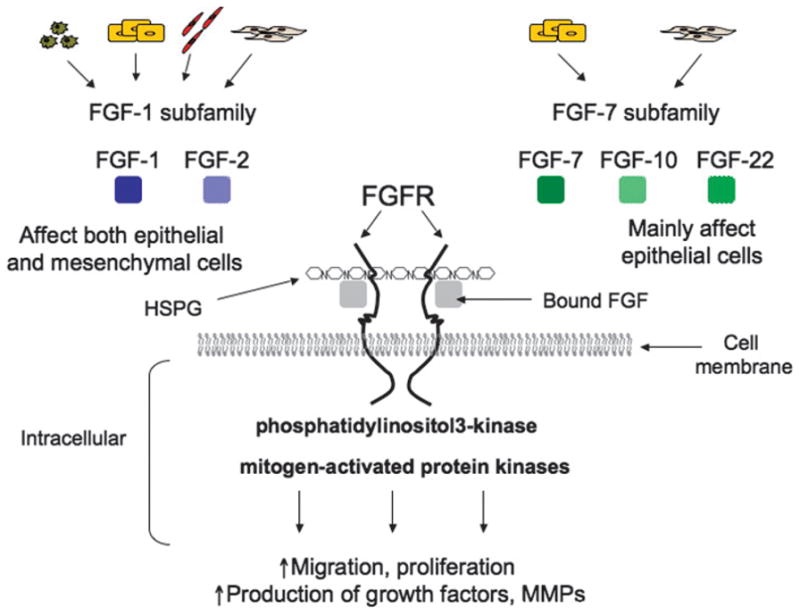Figure 2. FGF SIGNALING AND WOUND HEALING.

Five FGF family members are expressed upon dermal injury. Fibroblast growth factors 1 and 2 belong to FGF-1 subfamily and are produced by macrophages, keratinocytes, endothelial cells, and fibroblasts to stimulate both epithelial and mesenchymal cells. Members of FGF-7 subfamily (FGF-2, FGF-10, and FGF-22) mainly affect epithelial cells. Interactions between FGF ligands and FGF receptor lead to receptor dimerization and are enhanced by heparan sulfate proteoglycan (HSPG). Receptor-ligand interactions lead to activation of phosphatidylinositol-3-kinase and mitogen-activated kinase pathways and induce an increase in cell migration, proliferation, and production of growth factors and matrix remodeling enzymes, including MMPs.
